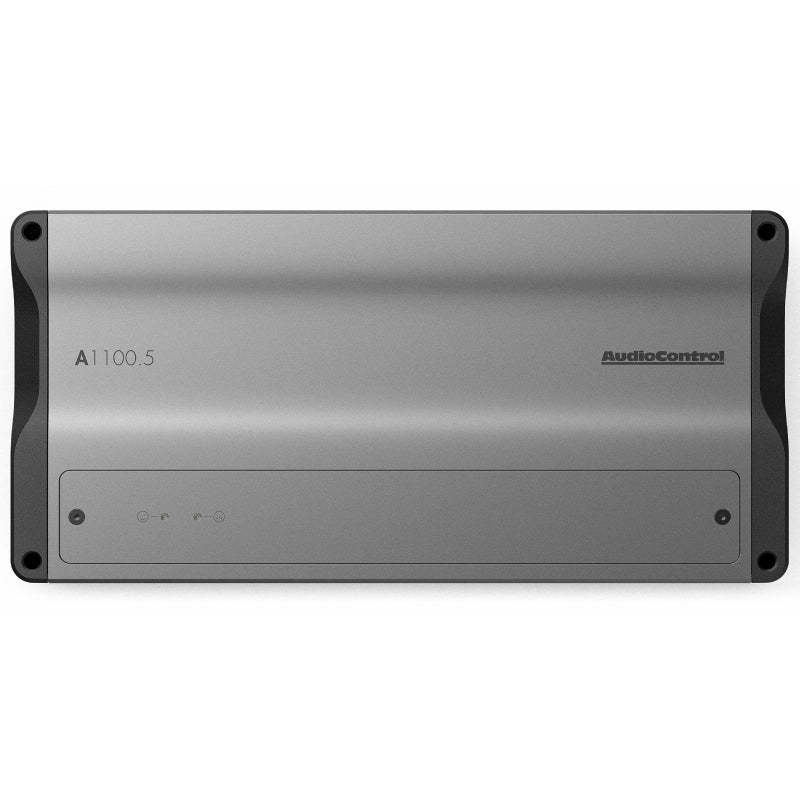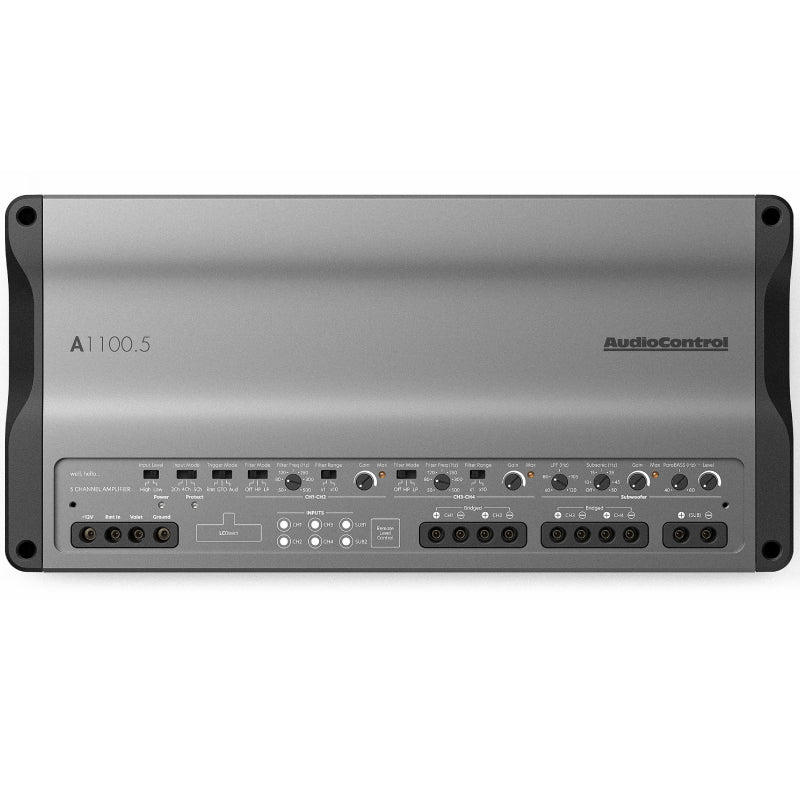While you listen to music with open windows during your drive the sound quality begins to distort when the bass loses its clarity along with vocal distortion until the whole song starts to degrade in sound quality. The unpleasant distorted sounds you hear during listening sessions stem from something beyond poor audio file transmission. Clipping probably explains this problem since it happens in many car audio setups despite being difficult for users to understand.
People who want to protect their equipment and maximize the sound quality from their car speakers need to understand clipping basics including its meaning and prevention steps.
What Is Clipping in Car Audio?
When the amplifier is driven to beyond its power limits, then the amplifier “clips off” parts of the audio signal and we “see” or hear clipping or clippage of the signal. The output is instead flattened, chopped waveform rather than a smooth, wave like waveform. It is the distortion coming from the amplifier and converts normal music sound into harsh, fuzzy and crackling sound, especially when it plays with loud passages of music.
Think of it like yelling through a megaphone with a dying battery — the louder you try to speak, the more garbled it becomes.
The clipping occurs at the technical level when the input signal exceeds the power it can be delivered cleanly by the amplifier. Instead of increasing the volume naturally, the amp forces the signal to its max, which produces a jagged waveform that destroys the musical value and in some cases your speakers.
Why Clipping Damages Car Audio Systems?
Clipping is more than just an audio nuisance. It can lead to serious damage to your audio system if ignored.
Voice coils along with other speaker components endure excessive stress when receiving clipped signals while also experiencing increased heat and chaotic behaviors. Both speakers and electrical signals work best with their alternating signals running smoothly. When a signal reaches its clipping point the speaker components become hotter which stressfully affects voice coils specifically. Continuous exposure to clipped signals across the speaker may eventually lead to permanent degradation of the speaker device.
Clipping can be even more destructive for subwoofers, which tend to be used for such large amounts of power. A lot of blown subs are a result of sustained use of horrible signals from an overdriven amp.
What Causes Clipping in Car Amps?
To prevent clipping, it's crucial to understand what leads to it. Here are the main culprits behind car amp clipping:
1. Overpowering the Amplifier
Trying to squeeze too much volume out of an underpowered amplifier is the most common cause of clipping. When the gain is turned up too high in an attempt to make things louder, the amp reaches its limits and clips the signal.
2. Poor Amplifier Tuning
Improper tuning of your amplifier — especially gain, bass boost, and crossover settings — can easily introduce distortion. Many people mistake the gain knob as a volume control, but it’s not. It’s a level-matching control, and setting it incorrectly is a recipe for clipping.
3. Low-Quality Audio Sources
If you’re streaming low-bitrate audio or using poorly recorded tracks, the signal may already be distorted before it reaches your amplifier. Amplifying a distorted signal will only make the problem worse.
4. Impedance Mismatch
Running speakers with an impedance load the amp isn’t designed to handle (for example, 1-ohm load on a 2-ohm stable amp) can cause strain and result in clipping — or worse, amplifier shutdown.
Signs Your Car Audio System Is Clipping
Spotting clipping early can save your system. Keep an ear out for:
-
Harsh or raspy treble
-
Muffled or fuzzy bass, especially at high volumes
-
Sudden drop in audio quality as volume increases
-
Speakers getting unusually hot
-
A burning smell from your subs or amp
If you notice these symptoms, it’s time to check your settings before lasting damage occurs.
How to Prevent Clipping in Car Audio?
Good news: avoiding clipping is entirely possible with the right setup and habits. Here’s how to prevent amplifier clipping and ensure your system stays healthy:
1. Tune Your Amplifier Properly
Tuning your amp the right way is the most important step. Follow these amplifier tuning guide essentials:
-
Set gain correctly: Match the amp's input sensitivity to your head unit's output voltage. Use an oscilloscope or a test tone and multimeter for precision.
-
Turn off bass boost (or use sparingly): Excessive bass boost can cause signal peaks that exceed the amp’s capabilities.
-
Use proper crossover settings: Cut off frequencies your speakers can’t handle to avoid stress and distortion.
Tuning should always focus on clarity, not just volume.
2. Use Quality Components
Invest in a reliable amplifier and compatible speakers. Make sure they’re rated to handle each other’s power levels. A high-wattage amp driving low-quality or underpowered speakers is a recipe for disaster.
Also, choose head units and audio sources that support high-bitrate playback to ensure a clean signal from the start.
3. Watch Your Volume Levels
Pushing your system to its maximum volume frequently increases the risk of clipping. If your music distorts at higher levels, it’s a sign to back off the volume or upgrade your gear for more headroom.
4. Check Your Power Supply
Clipping can also stem from voltage drops due to poor electrical systems. If your amp isn’t getting consistent power, it can clip. Use high-quality wiring, a reliable alternator, and consider a capacitor or secondary battery if you’re running a power-hungry setup.
5. Use a Clipping Indicator or DSP
Many modern amplifiers include clipping indicators — LEDs that light up when distortion begins. Use them! If your system doesn't have one, consider adding a digital signal processor (DSP) that can help manage levels and prevent clipping at the source.
Common Myths About Clipping
Let’s clear up some confusion around the topic:
-
“Clipping means your amp is too powerful.”
Not true. Clipping usually means your amp is underpowered for your desired volume, or improperly tuned. -
“I don’t need to worry if it sounds fine.”
Sometimes clipping is subtle. You may not hear obvious distortion right away, but over time, the damage accumulates. -
“Just turn up the bass — more bass equals better sound.”
Cranking the bass boost often causes the amp to clip, especially with cheap or mismatched equipment.
Upgrading Without Clipping
If you're constantly battling distortion, it might be time to scale up:
-
Choose a higher-wattage amplifier that provides clean headroom at your desired volume.
-
Match your subs and speakers to your amp’s output. Don’t pair a 1000W amp with a 200W speaker.
-
Use proper enclosures: Sealed or ported boxes make a big difference in managing power and sound quality.
-
Invest in a tuning session: Professional tuning using tools like an oscilloscope, RTA, and DSP configuration can maximize performance and eliminate distortion.
Final Thoughts
High-quality car audio setups become irreparably damaged through clipping at the fastest possible rate. Clipping causes both sound destruction and damages your audio equipment severely. Proper amplifier tuning alongside component selection will help prevent clipping when you maintain system limits.
Whether you’re a weekend bass head or a daily driver that just enjoys nice clean sound, you should be all aware of what clipping is and at least try to prevent the clipping to keep enjoying crystal clear without any distortion for the years to come.








